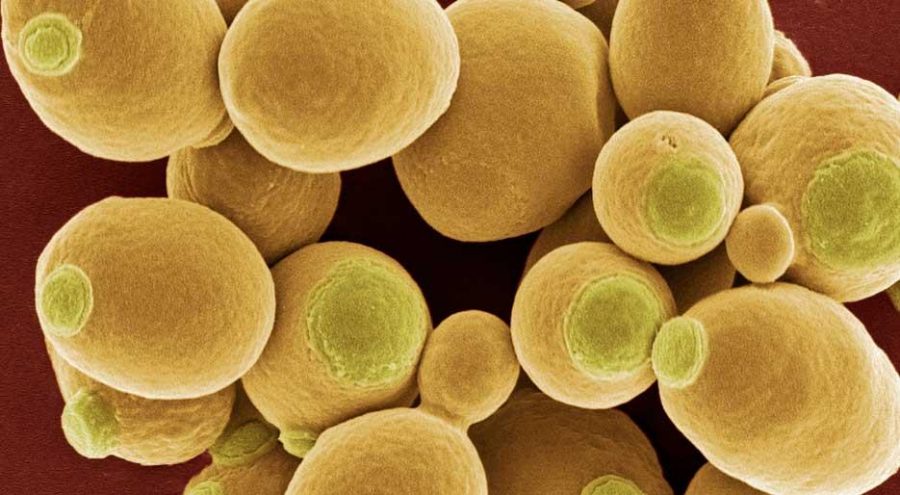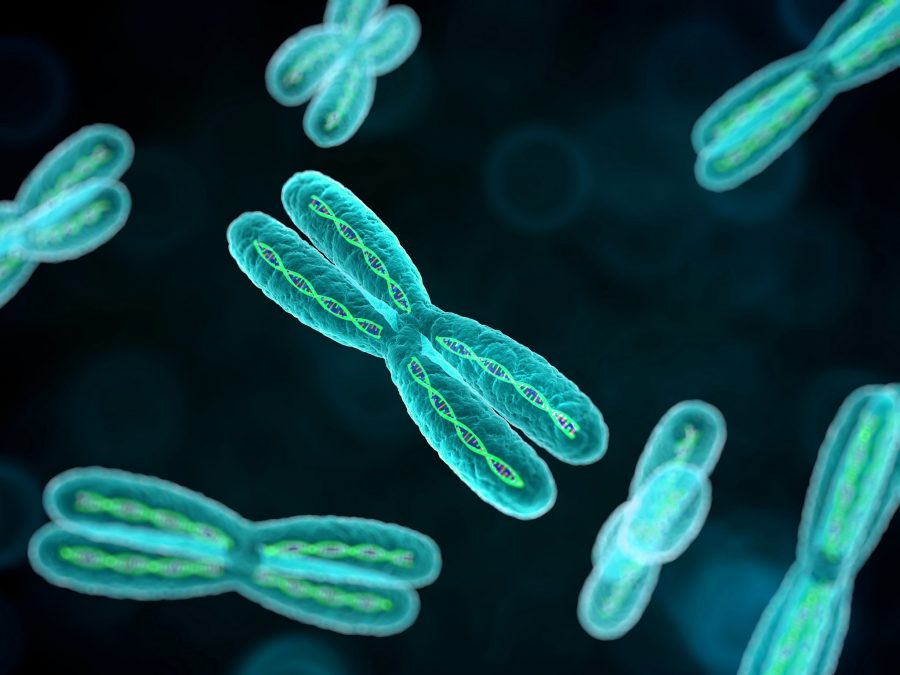Scientists at the Synthetic Yeast Genome Project (Sc2.0) reported that they are closer to building the first fully synthetic yeast genome. The investigators, who had already built one chromosome, reported they recently managed to construct five new chromosomes, which represent one-third of the yeast’s entire genome.
The researchers published the breakthrough results in seven studies in the journal Science, where they describe how they synthesized the chromosomes. Sc2.0 hopes to complete the 16 yeast’s chromosomes within the next two years, swapping them for engineered ones. This would allow them to give new properties to yeast that could be beneficial to upgrade antibiotics, food, and biofuels. As well, it will be useful to understand they way human genome functions.

“Natural yeast is a major organism for making products like bread, beer, and biofuel, as well as those used in biotechnology, such as enzymes or antibiotics, but currently, optimizing it for new products is inefficient,” said Joel Bader, a Sc2.0 project leader and professor of biomedical engineering at the Johns Hopkins University. “Our synthetic chromosomes permit the yeast genome to overcome this problem,” he added.
Bader: the Sc2.0 project became a breakthrough
Scientists are paving the way to create the first “designer yeast.” They have one-third of the way already, as they just reported they have built 6 of the 19 chromosomes that form the yeast’s full genome. Scientists have built cells in the past. In 2010, scientists at the J. Craig Venter Institute created a synthesized bacterial cell. In 2016, they went a little bit further by creating the first “minimal cell,” an organism that has the smallest number of genes required for life. As well, last year a team of scientists at the Harvard Medical School succeeded at creating a small fraction of the genes of the E. coli.
Now, researchers at the New York University Langone’s Institute for Systems Genetics were able to synthesize an important part of the yeast. They call their project Sc2.o because of the scientific name of yeast (Saccharomyces cerevisiae). They built the first chromosome back in 2014. According to Joel Bader, who leads the project, it all started as a coffee break, but it became a breakthrough. They are building these chromosomes adding new features that would make them better. This is a great advance since it’s the largest amount of genetic material ever synthesized. The new Sc2.o cells are different from the regular or “wild type” yeast.

If they manage to build all the chromosomes, scientists will be able to produce better versions of important commodities that are made with yeast, such as new antibiotics, bread, and environmentally friendly biofuels. A synthetic yeast’s genome is likely to become a highly versatile industrial component. Scientists also expect to answer long-standing questions such as which genes are essentials and what components of the genes can be deleted in an organism. According to Bader, it is going to be useful to have a better understanding of certain human diseases, by understanding how genomes are built and organized, since many human genes have a common ancestor with their yeast counterparts.
“It’s also going to be a powerful tool for understanding gene function not just for yeast but for humans,” said Bader. Their results were published in seven studies of the March issue of Science.
Scientists are rebuilding the chromosomes
To accelerate the research, Bader and his colleagues opened a summer class at the Johns Hopkins called Build-A-Genome. It involved around 50 students who work 24/7 for a year and a half to put together the synthetic chromosomes. Nevertheless, they soon realized that it wasn’t enough. According to Bader, a single lab couldn’t do the whole job because it was too large. That is why they asked different labs across the globe —including labs in China, Australia, Singapur and Britain— to help them by synthesizing one of the chromosomes.
They have assembled the synII, synV, synVI, synX, and synXII chromosomes which are the smallest of the yeast genome. To do this, they had to use special software to design the chromosome. Then they had to make small changes like deleting some of the repetitive regions of the DNA.

“Genomes are in constant flux… prone to deletions, duplications, and insertions,” Science editors Laura Zahn and Guy Riddihough note in an introduction to the papers. “These many changes are subject to the vagaries of natural selection, resulting in a genome organization not based on principles of efficiency or economy of space … Sc2.0 has set out to untangle, streamline and reorganize the genetic blueprint of one of the most studied of all eukaryotic genomes.”
One of the most significant changes made in the synthesized chromosomes is the “SCRaMbLE,” or “Synthetic Chromosome Recombination and Modification by LoxP-mediated Evolution” system which allows them to rearrange elements of the genome. It lets the yeast continue working naturally while scientists learn about its biology.
Source: The Washington Post
